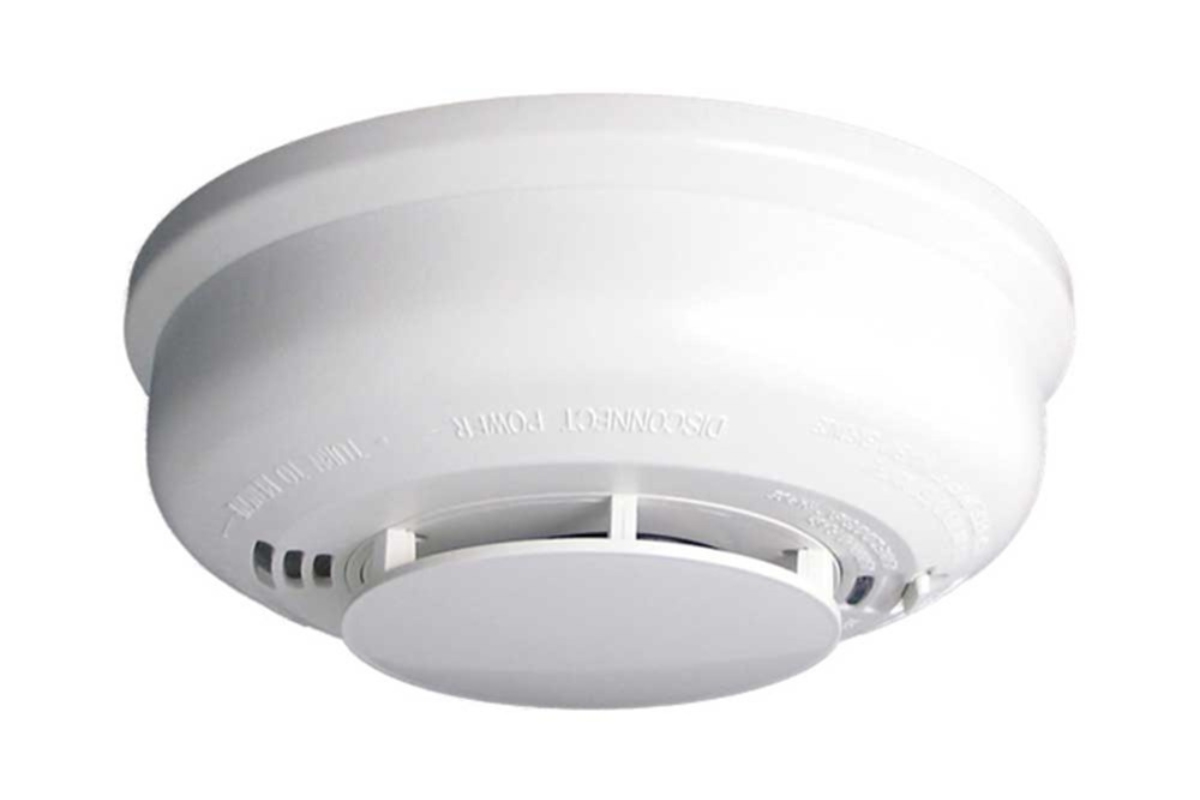

Articles
What Is A Photoelectric Smoke Detector?
Modified: August 17, 2024
Learn all about photoelectric smoke detectors in this informative article. Discover how they work and why they are essential for fire safety.
(Many of the links in this article redirect to a specific reviewed product. Your purchase of these products through affiliate links helps to generate commission for Storables.com, at no extra cost. Learn more)
Introduction
When it comes to home safety, having a smoke detector is essential. Smoke detectors are designed to detect the presence of smoke and issue a warning signal, allowing residents to evacuate safely in the event of a fire. While there are different types of smoke detectors available, one type that has gained popularity is the photoelectric smoke detector.
A photoelectric smoke detector operates on the principle of light scattering. It utilizes a light source, typically an LED, and a light sensor to detect the presence of smoke particles in the air. This technology offers several advantages over other types of smoke detectors, but it is important to understand how it works, its benefits, and limitations before installing one in your home.
Photoelectric smoke detectors work by emitting a steady beam of light into a detection chamber. When smoke enters the chamber, the light is scattered by the smoke particles and directed towards the light sensor. This change in light intensity triggers the alarm, alerting residents of the potential fire hazard.
One of the main advantages of photoelectric smoke detectors is their ability to detect smoldering fires, which produce a significant amount of smoke before flames appear. This early detection is crucial as it allows for quick response and evacuation before the fire becomes more dangerous.
Unlike ionization smoke detectors that rely on detecting changes in electrical current caused by smoke particles, photoelectric smoke detectors are less prone to false alarms. Ionization detectors can be triggered by common activities like cooking or steam from hot showers, whereas photoelectric detectors are more sensitive to smoke particles, reducing the chances of unnecessary alarm activation.
Furthermore, photoelectric smoke detectors are generally more effective in detecting smoke from slow-burning fires, such as those caused by smoldering furniture or electrical malfunctions. This makes photoelectric detectors especially suitable for residential areas where these types of fires are more common.
However, it is important to note that photoelectric smoke detectors may not be as effective in detecting fast-flaming fires that produce minimal smoke. For maximum safety, it is generally recommended to install a combination of photoelectric and ionization smoke detectors or consider using dual-sensor smoke detectors that incorporate both technologies.
In the next sections, we will delve deeper into the advantages and disadvantages of photoelectric smoke detectors, their applications, installation process, and maintenance requirements. By understanding the ins and outs of this type of smoke detector, you can make an informed decision about whether it is the right choice for your home’s fire safety.
Key Takeaways:
- Photoelectric smoke detectors excel at detecting smoldering fires, reducing false alarms, and providing early warning, making them a reliable choice for residential and commercial fire safety.
- Regular maintenance, testing, and consideration of additional features such as smart integration and interconnectivity are crucial for maximizing the effectiveness of photoelectric smoke detectors in enhancing fire safety.
How Does a Photoelectric Smoke Detector Work?
A photoelectric smoke detector operates on a relatively simple yet effective principle: it uses light scattering to detect the presence of smoke particles in the air. The detector comprises two main components: a light source and a light sensor.
First, let’s understand the basic working mechanism of a photoelectric smoke detector. The detector’s light source, usually an LED, emits a continuous beam of light into a detection chamber. The light sensor, positioned at an angle to the light source, detects the intensity of the incoming light.
When the chamber is clear of smoke, the light beam remains unaltered, and the light sensor registers a steady light intensity. However, when smoke enters the detection chamber, the smoke particles scatter the light, redirecting it towards the light sensor. This causes a decrease in the intensity of the light reaching the sensor.
The change in light intensity triggers the alarm, alerting occupants of the potential fire hazard. At this point, individuals can take the necessary actions to evacuate the premises and contact emergency services.
The utilization of light scattering in photoelectric smoke detectors makes them particularly effective at detecting smoldering fires. Smoldering fires produce a significant amount of smoke before flames become visible, and photoelectric detectors are designed to detect this early stage of fire development.
Because smoldering fires generally generate thick smoke that fills the detection chamber, the scattered light reaches the light sensor in higher intensity. This prompts the detector to activate the alarm, providing the earliest possible warning to occupants and giving them sufficient time to evacuate safely.
It is worth noting that photoelectric smoke detectors are sensitive to smoke particles but less responsive to heat. While some may have a built-in heat sensor as a supplementary detection feature, photoelectric detectors primarily rely on the detection of smoke particles to trigger the alarm.
In summary, a photoelectric smoke detector uses light scattering to detect the presence of smoke particles in the air. By emitting a continuous beam of light and monitoring the intensity of the light received, the detector can quickly identify the presence of smoke and activate the alarm, offering early warning and a crucial opportunity to respond to a potential fire.
Advantages of Photoelectric Smoke Detectors
Photoelectric smoke detectors offer several advantages over other types of smoke detectors, making them a popular choice for residential and commercial applications. Here are some of the key benefits:
- Early detection of smoldering fires: Photoelectric smoke detectors are particularly effective at detecting slow, smoldering fires that produce a significant amount of smoke before flames become visible. This early detection allows for prompt evacuation and minimizes property damage and potential injuries.
- Reduced false alarms: Photoelectric smoke detectors are less prone to false alarms compared to ionization smoke detectors. They are designed to be more sensitive to smoke particles, reducing the likelihood of triggering an alarm due to common activities such as cooking or steam from hot showers.
- Improved safety in sleeping areas: Photoelectric smoke detectors are generally recommended for installation in sleeping areas. Since smoldering fires can often occur during the night while residents are sleeping, the early detection capability of photoelectric detectors provides valuable time for individuals to wake up, recognize the danger, and evacuate safely.
- Better response to slow-burning fires: Photoelectric smoke detectors excel at detecting slow-burning fires, such as those caused by smoldering furniture or electrical malfunctions. These types of fires can generate a significant amount of smoke before flames are present, and photoelectric detectors are highly effective at sensing these early stages of fire development.
- Easy installation: Photoelectric smoke detectors are generally easy to install, as they do not require complex wiring or connections. Many models are battery-powered, making them suitable for retrofitting in existing buildings without the need for extensive electrical work.
It is important to note that while photoelectric smoke detectors have numerous advantages, they may not be as effective at detecting fast-flaming fires that produce minimal smoke. For comprehensive fire detection, it is often recommended to use a combination of photoelectric detectors and ionization detectors or consider dual-sensor smoke detectors that incorporate both technologies.
Overall, the advantages of photoelectric smoke detectors, such as early detection of smoldering fires, reduced false alarms, and ease of installation, make them a reliable choice for enhancing the fire safety of residential and commercial spaces.
Disadvantages of Photoelectric Smoke Detectors
While photoelectric smoke detectors offer numerous advantages, they also have a few limitations to consider. Understanding these disadvantages can help you make an informed decision about the type of smoke detector that best suits your needs. Here are some of the key drawbacks of photoelectric smoke detectors:
- Less effective in detecting fast-flaming fires: Photoelectric smoke detectors may not be as responsive to fast-flaming fires that produce minimal smoke. These types of fires can escalate quickly and pose an immediate danger. For comprehensive fire detection, it is recommended to use a combination of photoelectric and ionization smoke detectors or dual-sensor smoke detectors that incorporate both technologies.
- Prone to false alarms from cooking or steam: While photoelectric smoke detectors are generally less prone to false alarms compared to ionization detectors, they can still be triggered by smoke or steam produced during cooking or hot showers. Placing the detectors away from the kitchen or bathroom can help minimize false alarms, but it is important to remain vigilant and address any potential issues promptly.
- May not be suitable for certain environments: Photoelectric smoke detectors are not recommended for areas where dust, fumes, or other particles are frequently present. These contaminants can interfere with the detector’s ability to accurately detect smoke particles, leading to potential false alarms or reduced sensitivity. In such environments, alternative smoke detection methods may be more suitable.
- Maintenance and cleaning requirements: Like any smoke detector, photoelectric detectors require regular maintenance and cleaning to ensure optimal performance. Dust, debris, or cobwebs can diminish the detector’s effectiveness, so it is important to follow the manufacturer’s instructions for maintenance and cleaning to keep the detector in proper working condition.
- Higher cost compared to ionization detectors: Photoelectric smoke detectors are generally more expensive than ionization detectors. This can be a deterrent for individuals or organizations with budget constraints. However, it is essential to prioritize the efficacy and reliability of the detector over its cost to ensure the safety of occupants and property.
Despite these disadvantages, photoelectric smoke detectors remain a popular and effective choice for residential and commercial fire safety. By understanding their limitations and taking appropriate measures, such as using a combination of different detector types or regular maintenance, you can maximize the effectiveness of photoelectric smoke detectors in your fire protection strategy.
Applications of Photoelectric Smoke Detectors
Photoelectric smoke detectors are widely used in various settings to enhance fire safety and provide early detection of smoke. Here are some of the common applications of photoelectric smoke detectors:
- Residential buildings: Photoelectric smoke detectors are a popular choice for homes and apartments. They are particularly effective at detecting smoldering fires, which can often occur during the night while residents are asleep. Installing photoelectric detectors in bedrooms, living areas, and hallways can provide early warning and valuable time for occupants to evacuate in the event of a fire.
- Commercial buildings: Photoelectric smoke detectors are also widely used in commercial buildings, including offices, retail spaces, and warehouses. These settings can have various fire hazards, making it crucial to have reliable smoke detection systems in place. Photoelectric detectors can be installed in key areas, such as hallways, meeting rooms, and storage areas, to ensure prompt detection of smoke.
- Hospitals and healthcare facilities: In healthcare settings where patient safety is of utmost importance, photoelectric smoke detectors can play a vital role in early fire detection. These detectors can be installed in patient rooms, corridors, operating rooms, and other high-risk areas to provide swift notification of potential fire hazards.
- Schools and educational institutions: Photoelectric smoke detectors are commonly used in schools to enhance fire safety. Installing them in classrooms, hallways, laboratories, and administrative areas can help protect students, teachers, and staff in the event of a fire. Early detection of smoke can provide crucial time for safe evacuation and coordination with emergency response teams.
- Hotels and hospitality industry: With multiple guests and various fire hazards, hotels and hospitality establishments rely on photoelectric smoke detectors to ensure the safety of occupants. These detectors can be installed in guest rooms, common areas, kitchens, and laundry rooms to provide rapid detection of smoke and alert hotel staff and guests in case of a fire emergency.
- Industrial settings: Certain industrial environments, such as manufacturing plants and factories, can have specific fire risks. Photoelectric smoke detectors are often used in these settings to detect smoldering fires or slow-burning fires caused by machinery malfunctions, combustible materials, or electrical faults. By installing photoelectric detectors strategically, early detection can help prevent major accidents and damage.
It is important to note that the specific application and requirements may vary depending on the building codes, regulations, and industry standards in different regions. Consulting with fire safety professionals or experts can help ensure the appropriate installation and usage of photoelectric smoke detectors for specific applications.
Overall, photoelectric smoke detectors find extensive application in residential, commercial, healthcare, educational, hospitality, and industrial settings. Their ability to detect smoldering fires and provide early warning makes them a valuable component of fire safety systems, helping protect lives and property.
When installing a photoelectric smoke detector, make sure to place it on the ceiling or high on the wall, away from air vents and corners, for optimal performance.
How to Properly Install a Photoelectric Smoke Detector
Proper installation of photoelectric smoke detectors is crucial to ensure their effectiveness in detecting smoke and providing early warning in the event of a fire. Here are the general steps to follow when installing a photoelectric smoke detector:
- Select the appropriate location: Choose the best location for the smoke detector, keeping in mind that smoke rises. Install the detector on the ceiling or high on the wall, away from corners, air vents, and windows. Avoid placing it near light fixtures or ceiling fans as they can interfere with the detector’s functioning.
- Make sure there is adequate coverage: For optimal smoke detection, it is recommended to have at least one smoke detector on each floor of the building. Install detectors in key areas such as bedrooms, hallways, and living spaces. The National Fire Protection Association (NFPA) suggests installing detectors inside and outside of each sleeping area, and near common areas.
- Check the manufacturer’s instructions: Before beginning the installation, carefully read and follow the manufacturer’s instructions specific to your smoke detector model. Each manufacturer may have slight variations in installation requirements, so it is important to refer to the provided guidelines.
- Choose the power source: Determine whether your photoelectric smoke detector will be hardwired, battery-powered, or a combination of both. Hardwired detectors are connected to the building’s electrical system, while battery-powered detectors operate independently. Combination detectors may have a primary power source with a backup battery for added reliability.
- Install the mounting bracket: Use a screwdriver and screws appropriate for the surface (ceiling or wall) to attach the mounting bracket securely. Ensure it is level and stable, supporting the weight of the detector.
- Connect the wiring (if applicable): If you are installing a hardwired detector, follow the manufacturer’s instructions for connecting the wires to the appropriate terminals in the electrical box. It is essential to turn off the power to the circuit before making any electrical connections.
- Attach the smoke detector: Mount the smoke detector onto the mounting bracket, ensuring it fits snugly and securely. Twist or lock the detector into place according to the manufacturer’s instructions.
- Test the detector: After installation, test the smoke detector to ensure it is functioning correctly. Follow the manufacturer’s instructions for testing and follow any recommended testing schedule thereafter.
- Register your smoke detector: Some manufacturers offer product registration to provide updates and warranty information. Take the time to register your smoke detector to stay informed and receive any necessary support from the manufacturer.
- Regularly maintain and clean: Keep your photoelectric smoke detector clean and free from dust, debris, or cobwebs. Follow the manufacturer’s guidelines for maintenance, including regular testing and battery replacement (if applicable).
It is important to note that the specific installation requirements may vary depending on local building codes and regulations. Consulting with a qualified electrician or fire safety professional can ensure compliance with the applicable requirements in your region.
By following these installation guidelines and keeping your photoelectric smoke detector properly maintained, you can help enhance the fire safety of your home or building and ensure the early detection of smoke in the event of a fire.
Maintenance and Testing of Photoelectric Smoke Detectors
Maintaining and regularly testing your photoelectric smoke detectors is essential to ensure their proper functioning and reliability in detecting smoke. Here are some guidelines for maintaining and testing your photoelectric smoke detectors:
- Clean the smoke detector regularly: Dust, debris, or cobwebs can accumulate on the smoke detector’s sensor and affect its sensitivity. Use a soft brush or vacuum cleaner with a brush attachment to gently clean the detector’s exterior and vents. Avoid using cleaning solvents or water, as they can damage the detector.
- Keep the detection chamber clear: Ensure that the detection chamber of the smoke detector is free from any obstructions or objects that could interfere with its operation. This includes ensuring that the vents are not blocked, as it may inhibit the detector’s ability to detect smoke particles effectively.
- Test the smoke detector regularly: Regularly test your photoelectric smoke detectors to ensure they are working correctly. Most detectors have a test button that, when pressed, will simulate the presence of smoke and activate the alarm. Follow the manufacturer’s instructions for testing, usually by pressing and holding the test button for a few seconds until the alarm sounds.
- Follow the recommended testing schedule: It is recommended to test your photoelectric smoke detectors at least once a month. Regular testing helps ensure that the detectors are functioning and the batteries (if applicable) are in good condition. Additionally, it is advisable to test the smoke detectors after any power outage or whenever you replace the batteries.
- Replace batteries (if applicable) on schedule: If your photoelectric smoke detectors are battery-powered, replace the batteries as recommended by the manufacturer. Some detectors may have a low battery indicator, while others may require battery replacement annually or biannually. It is important to keep a supply of fresh batteries on hand and replace them promptly when needed.
- Check for proper functionality: During testing, ensure that the smoke detector’s alarm is loud and can be heard throughout the intended area. If the alarm sound is weak or not audible, replace the smoke detector with a new one to ensure effective warning in the event of a fire.
- Follow manufacturer’s instructions: Always refer to the manufacturer’s instructions for proper maintenance and testing procedures specific to your photoelectric smoke detectors. Each manufacturer may have slight variations in recommendations, so it is essential to follow the provided guidelines for optimal performance.
- Consider interconnected detectors (if appropriate): In larger buildings or multi-story homes, consider using interconnected photoelectric smoke detectors. Interconnected detectors are wired together so that when one detector senses smoke, all detectors in the network will sound the alarm. This ensures that all occupants are alerted regardless of their location in the building.
By following these maintenance and testing practices, you can rest assured that your photoelectric smoke detectors are in good working order and will provide early warning in the event of a fire. Regularly scheduled maintenance and testing are crucial to ensure the safety of occupants and the effectiveness of your fire safety system.
Additional Features to Consider in Photoelectric Smoke Detectors
Photoelectric smoke detectors come with a range of additional features that can enhance their effectiveness and provide added convenience. Here are some key features to consider when choosing a photoelectric smoke detector:
- Smart integration: Some photoelectric smoke detectors can be connected to a smart home system, allowing for remote monitoring and control. These detectors can send alerts to your smartphone or other connected devices, providing real-time notifications in the event of a fire or low battery status.
- Interconnectivity: Photoelectric smoke detectors are often available with interconnectivity capabilities. This feature allows multiple detectors to be linked together, so when one detector detects smoke, all interconnected units will sound the alarm. This ensures that all occupants are promptly alerted, no matter their location in the building.
- Carbon monoxide detection: Some photoelectric smoke detectors incorporate carbon monoxide (CO) detection capabilities. Carbon monoxide is a deadly gas that is invisible and odorless, making it difficult to detect without a specialized detector. Having a combination smoke and CO detector offers comprehensive protection by alerting occupants to both smoke and carbon monoxide hazards.
- Battery backup: In the event of a power outage, having a photoelectric smoke detector with a battery backup ensures uninterrupted operation. The battery backup feature allows the detector to continue functioning even when the main power source is temporarily unavailable.
- Hush feature: Some photoelectric smoke detectors come equipped with a hush feature that allows you to temporarily silence false alarms. This feature is useful when, for example, smoke is detected due to cooking or steam from a hot shower. The hush feature typically mutes the alarm for a short duration without compromising overall safety.
- LED indicators: LED indicators on the detector can provide useful information such as power status, alarm activation, and connectivity status. These indicators can help users quickly identify the operational status of the detector at a glance.
- Low battery alerts: Having a smoke detector that provides low battery alerts is crucial for timely battery replacement. This feature alerts users when the battery level is low, ensuring that the detector remains in working order, ready to provide reliable smoke detection.
- Ease of installation: Consider the ease of installation when selecting a photoelectric smoke detector. Look for models that come with clear instructions and include necessary mounting hardware. Some detectors may offer wireless installation options or use adhesive pads, reducing the need for complex wiring or drilling.
- Extended warranty: Purchasing a photoelectric smoke detector with an extended warranty can provide peace of mind. It ensures that the detector is protected against defects and malfunctions beyond the standard warranty period, giving you added assurance of its quality and durability.
These additional features can vary among different models and manufacturers, so it is important to consider your specific requirements and preferences when choosing a photoelectric smoke detector. Assess the features that align with your needs to ensure optimal fire safety and convenient operation.
Remember to regularly test and maintain your photoelectric smoke detectors, as mentioned in the previous section, to ensure their effectiveness and reliability in detecting smoke and providing early warning in the event of a fire.
Conclusion
Photoelectric smoke detectors are a valuable addition to any home or building’s fire safety system. Their ability to detect smoldering fires and provide early warning of smoke can save lives and minimize property damage. Understanding how photoelectric smoke detectors work, their advantages, disadvantages, applications, and proper installation and maintenance practices is crucial for ensuring their effectiveness.
Photoelectric smoke detectors excel at detecting slow-burning, smoldering fires that produce a significant amount of smoke before flames become visible. They offer advantages such as early detection, reduced false alarms, and ease of installation. However, it’s important to note that photoelectric smoke detectors may be less effective in detecting fast-flaming fires that produce minimal smoke. Therefore, it is often recommended to use a combination of photoelectric and ionization smoke detectors or dual-sensor detectors for comprehensive fire detection.
Photoelectric smoke detectors find application in a variety of settings, including residential homes, commercial buildings, healthcare facilities, schools, hotels, and industrial environments. Their reliability in detecting smoke makes them an essential component of fire safety systems in these spaces.
To properly install a photoelectric smoke detector, select an appropriate location, follow the manufacturer’s instructions, and test the detector regularly. Regular maintenance, including cleaning the detector and checking the detection chamber for obstructions, is crucial to ensure its optimal performance. Battery-powered detectors should have their batteries replaced on schedule, and interconnected models offer enhanced safety in larger buildings.
Consider additional features when choosing a photoelectric smoke detector, such as smart integration, interconnectivity, carbon monoxide detection, battery backup, hush feature, LED indicators, low battery alerts, and ease of installation. These features can enhance convenience and ensure the longevity and reliable operation of your smoke detector.
In conclusion, incorporating photoelectric smoke detectors as part of your fire safety system significantly increases your ability to detect smoke early and respond swiftly to potential fire hazards. By understanding their functioning, properly installing and maintaining them, and considering additional features, you can enhance the safety of your home or building and protect lives and property.
Frequently Asked Questions about What Is A Photoelectric Smoke Detector?
Was this page helpful?
At Storables.com, we guarantee accurate and reliable information. Our content, validated by Expert Board Contributors, is crafted following stringent Editorial Policies. We're committed to providing you with well-researched, expert-backed insights for all your informational needs.
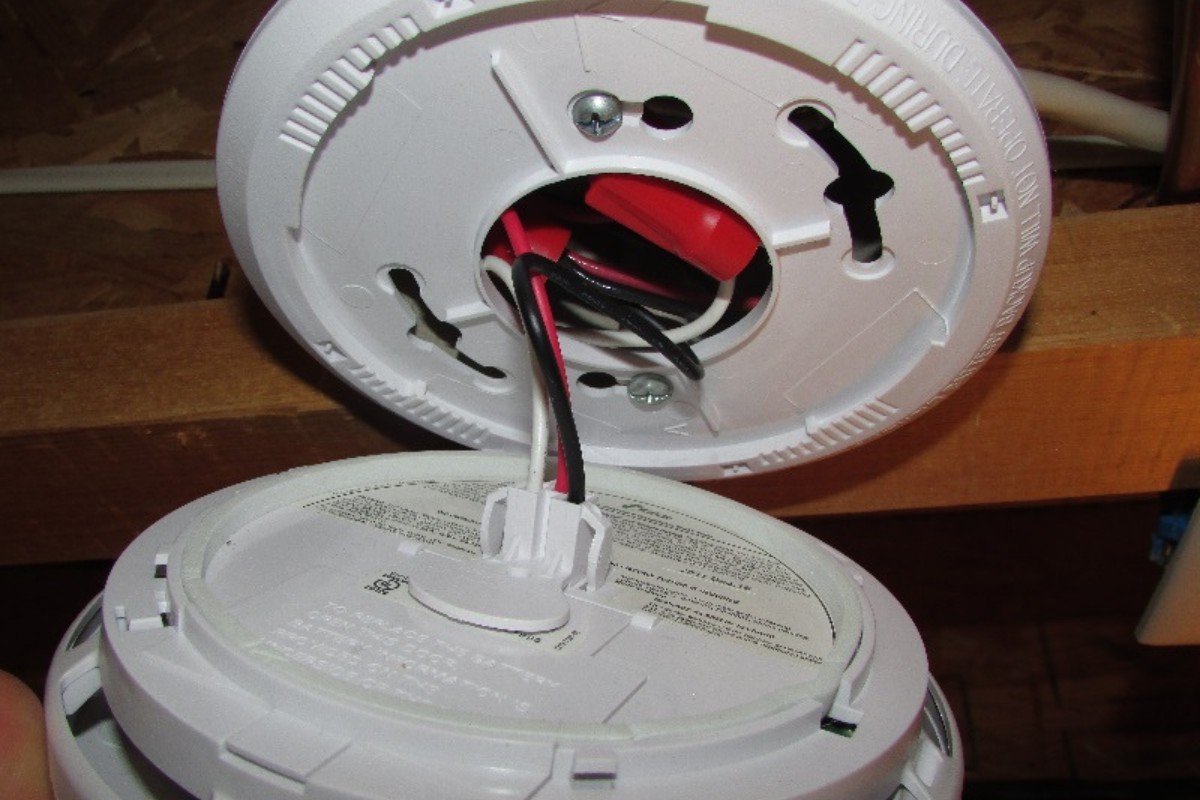
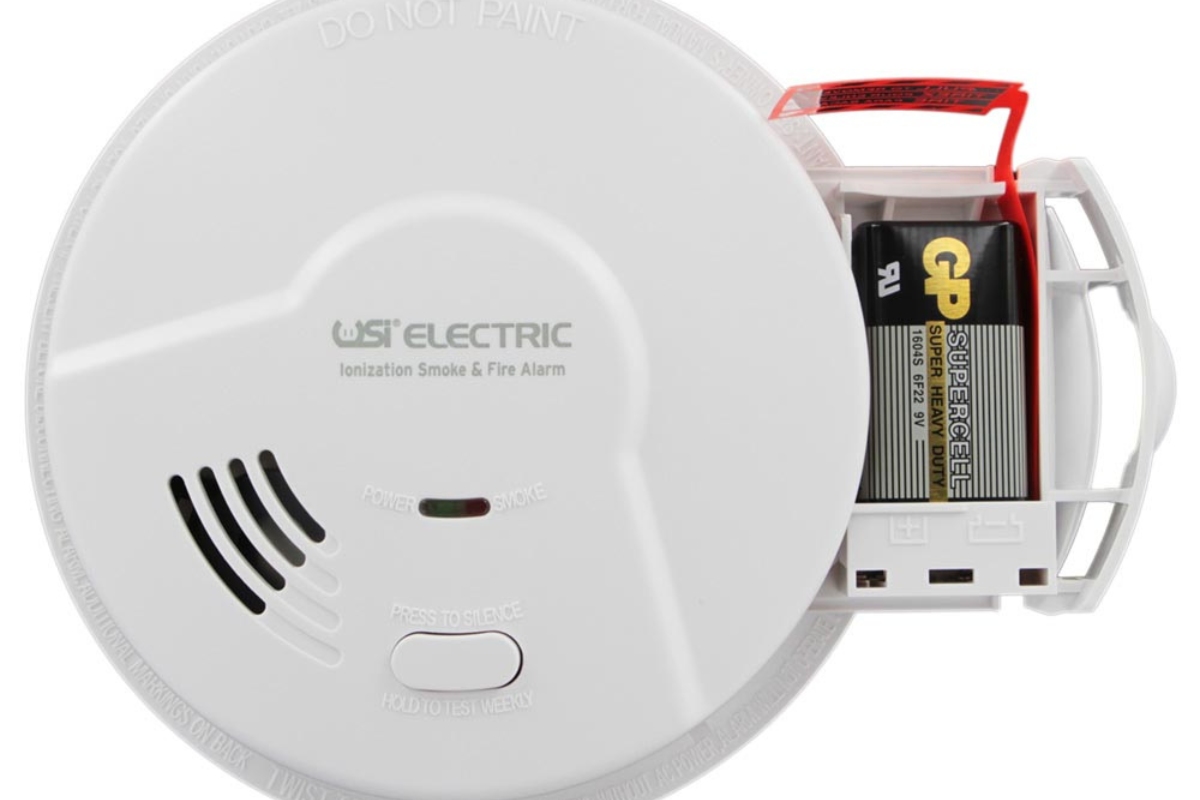
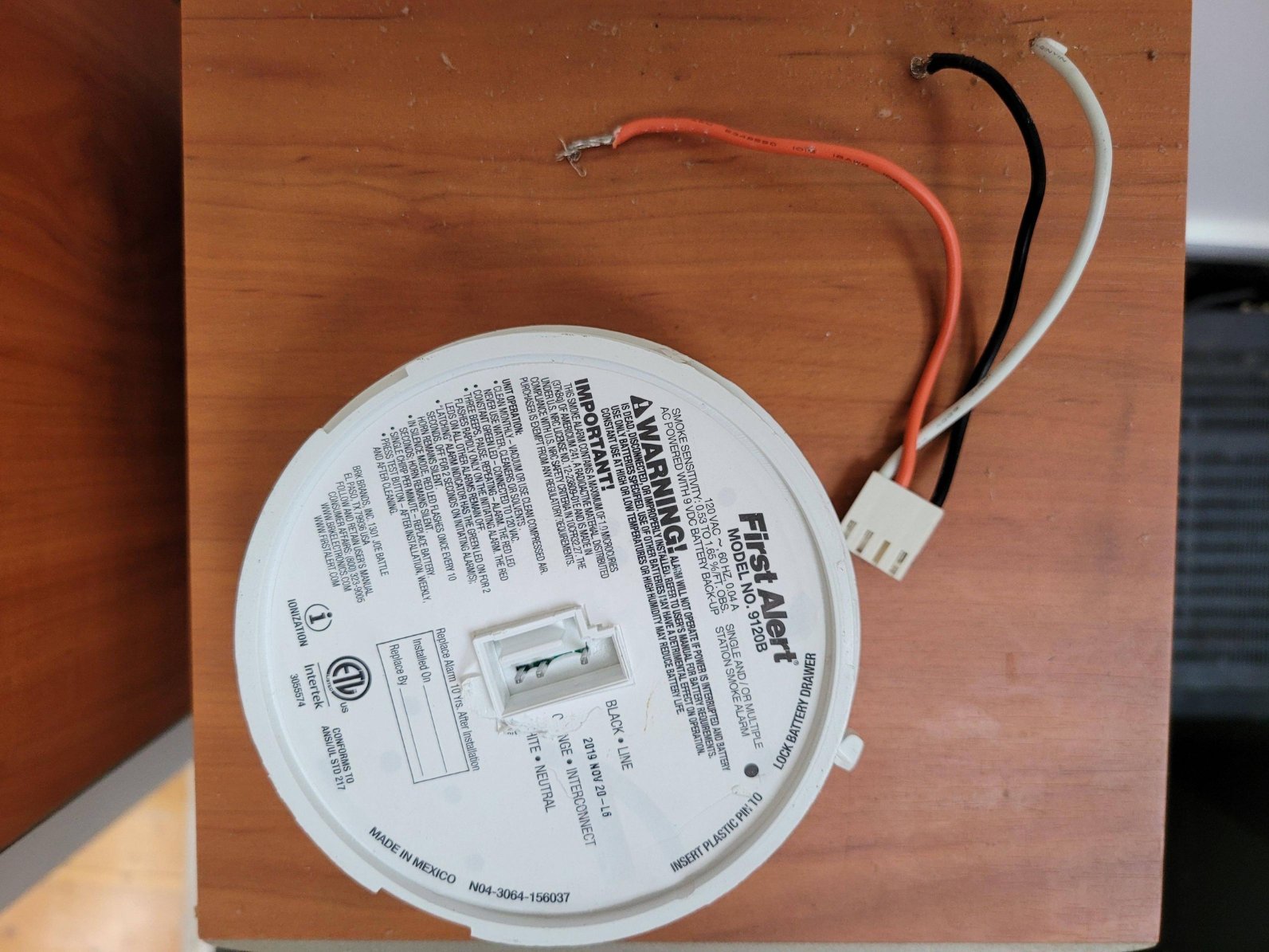
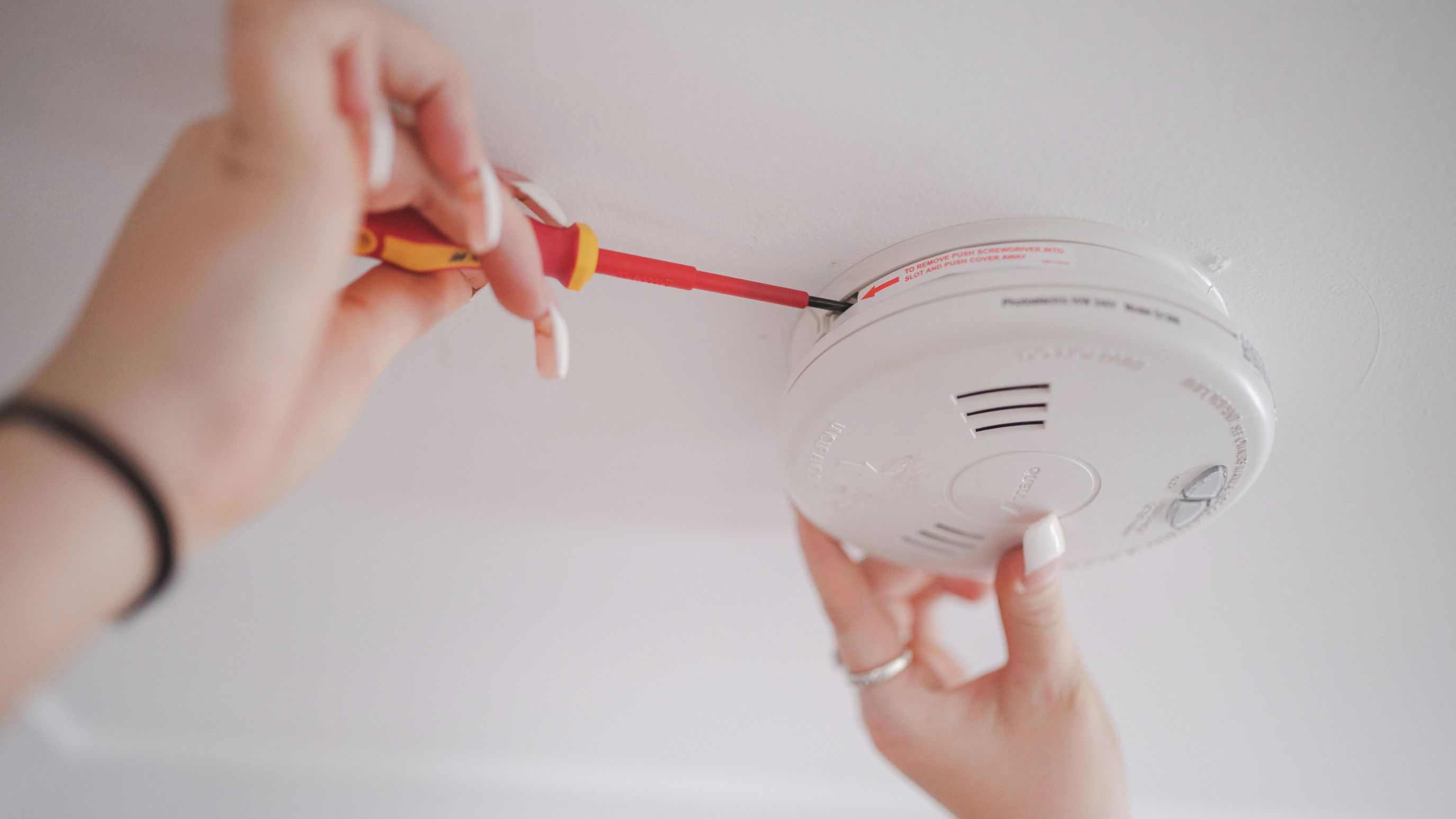
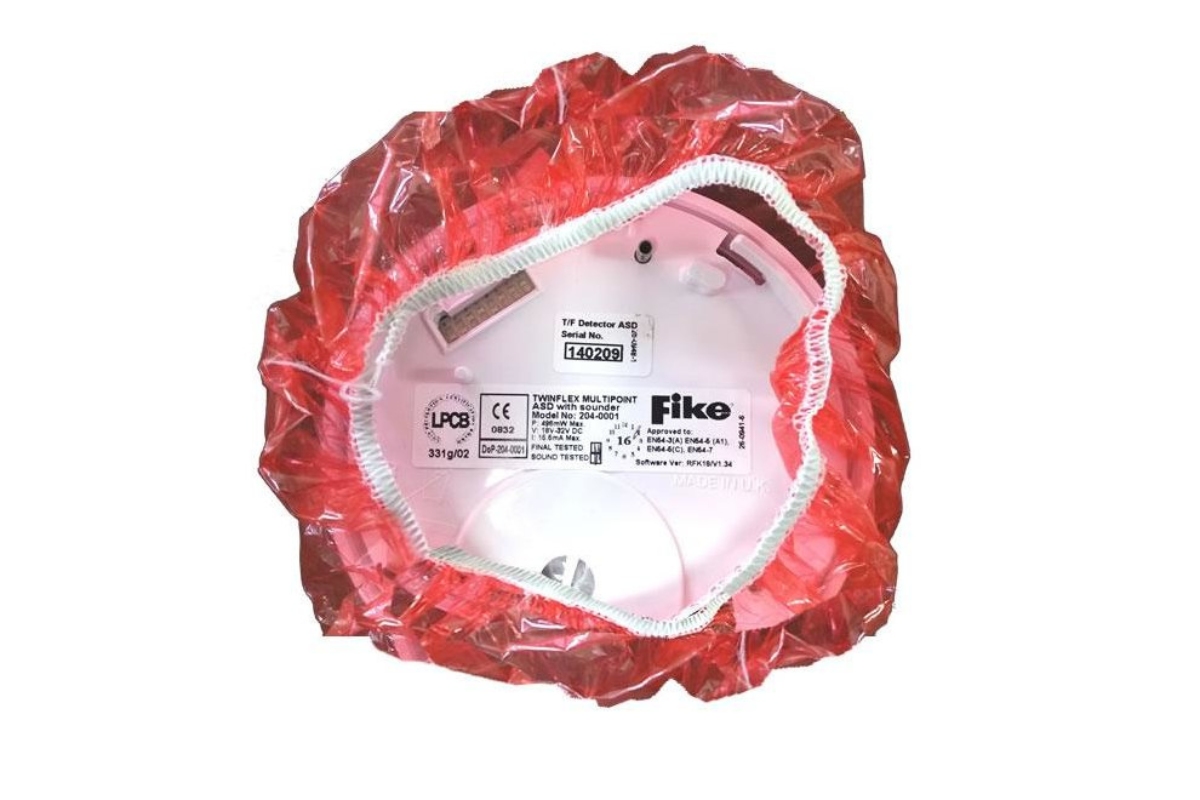
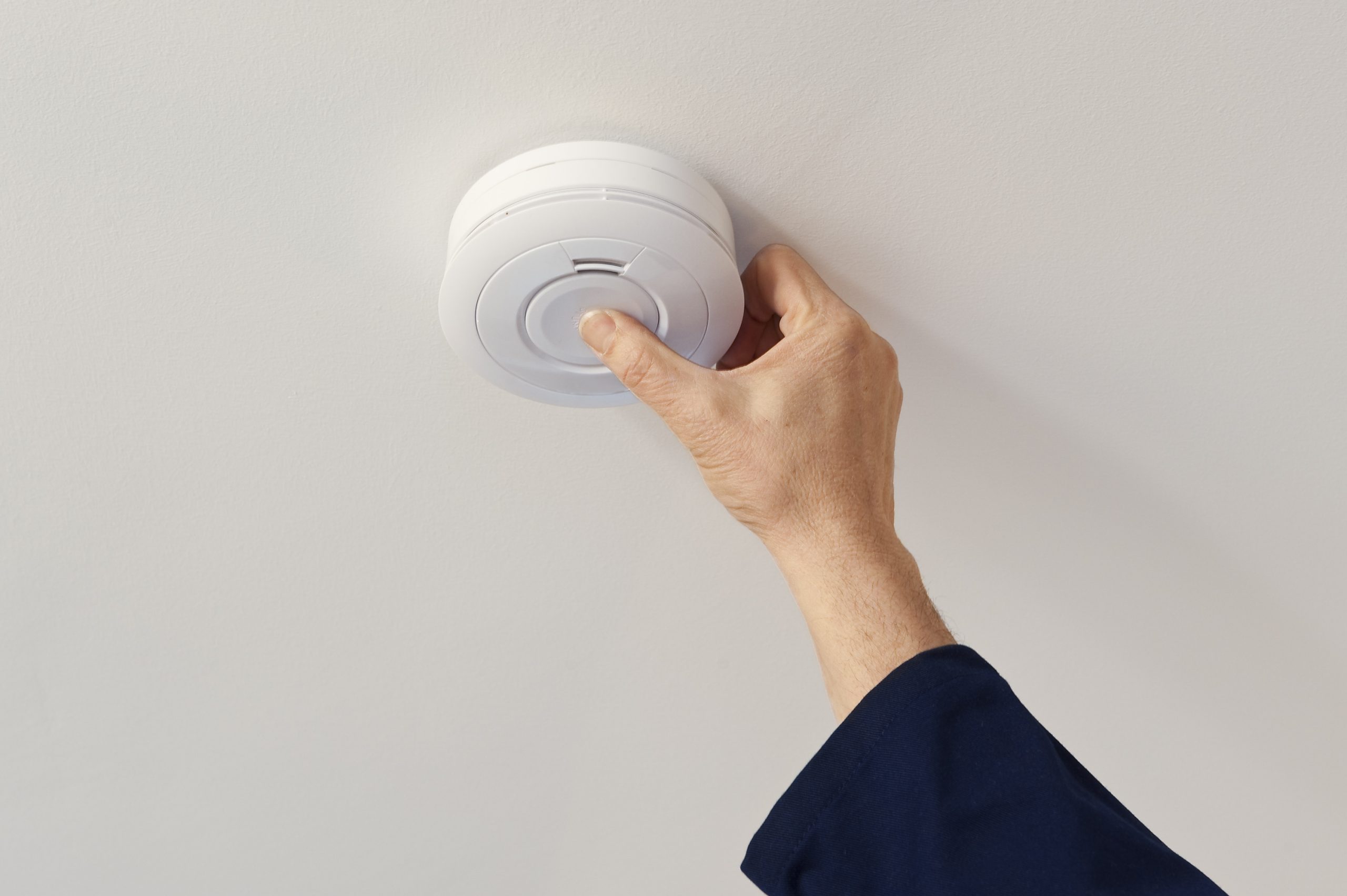
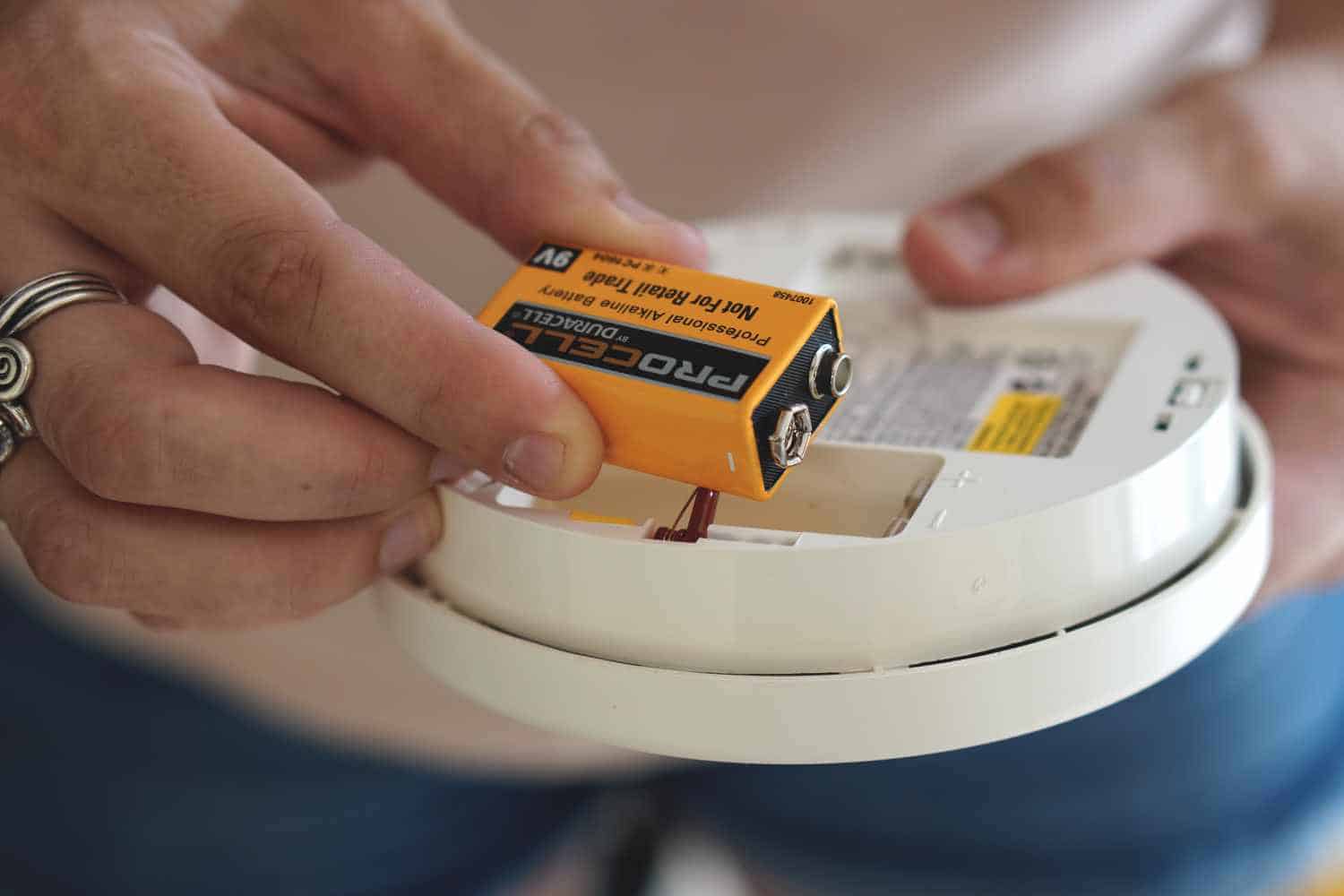

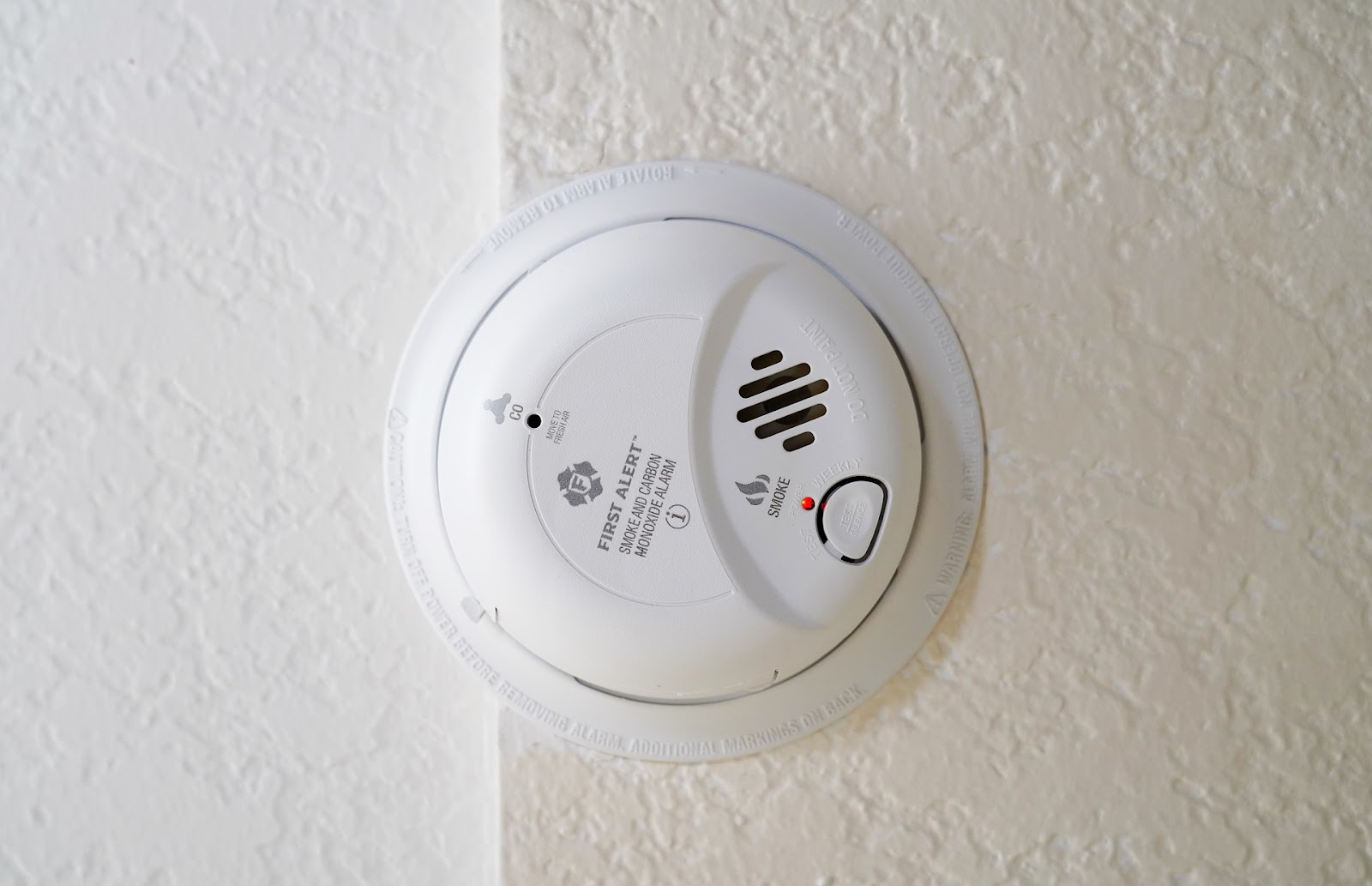
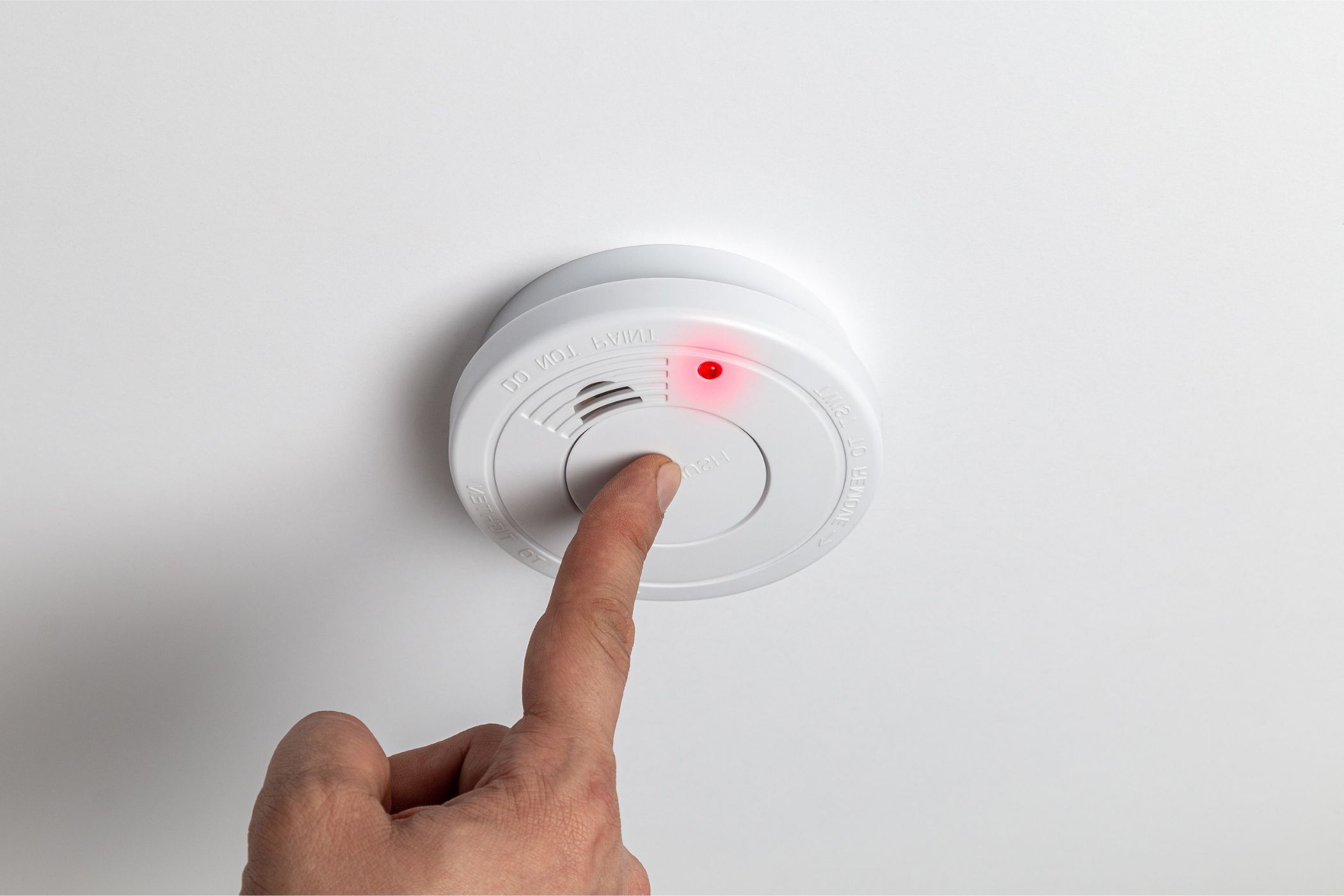
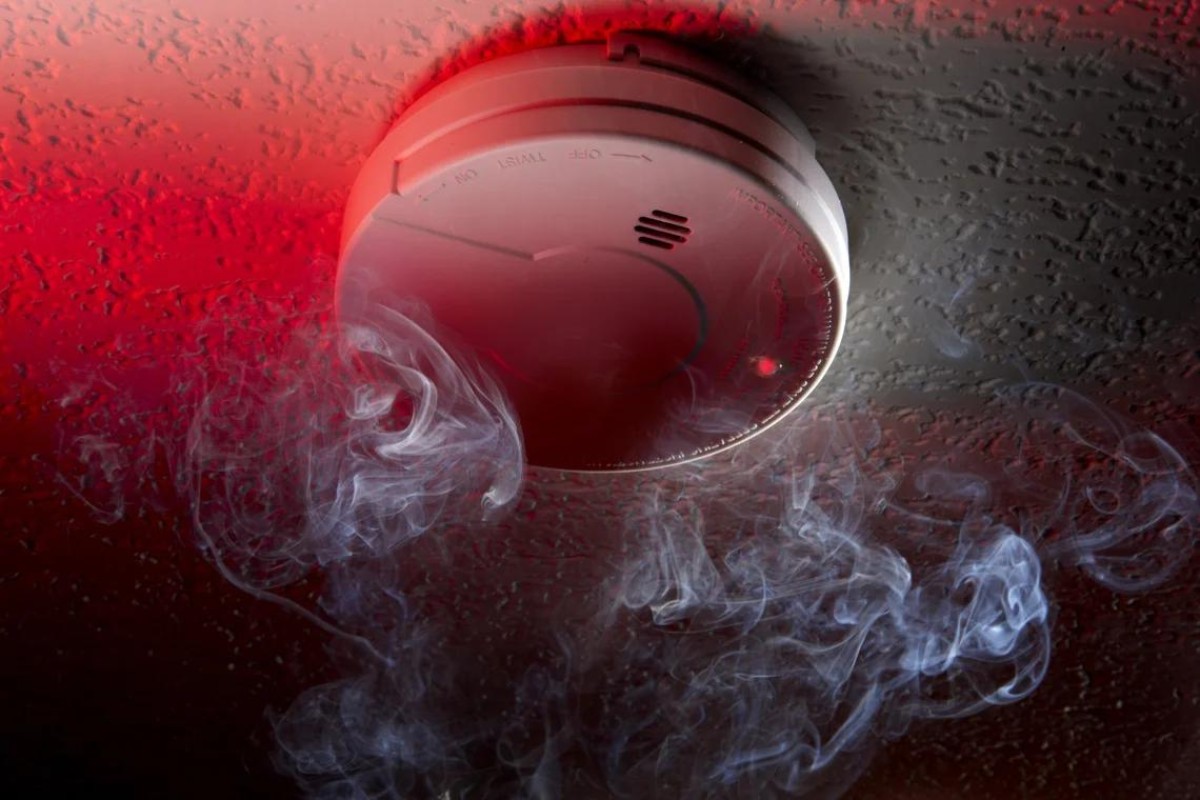
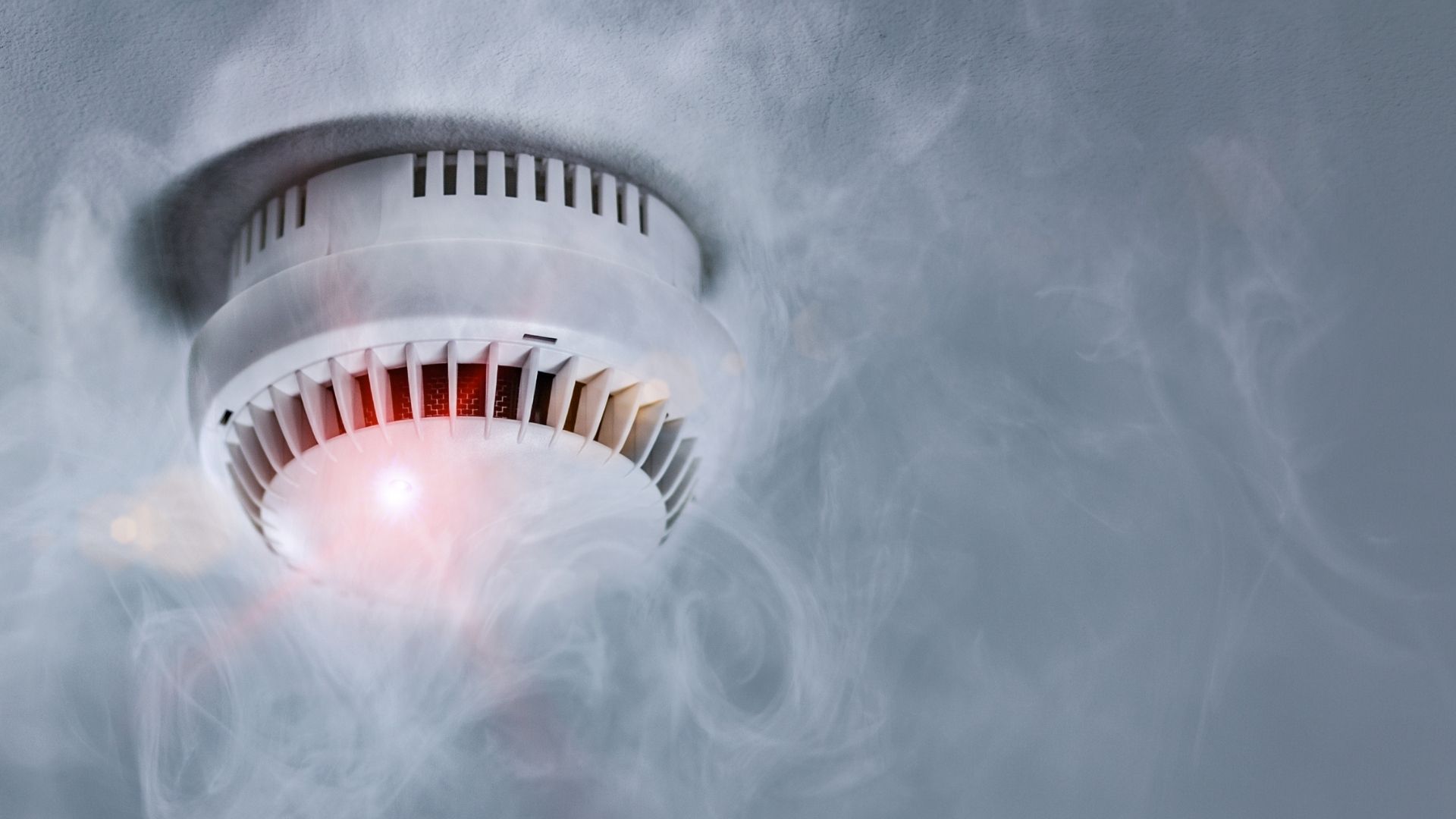
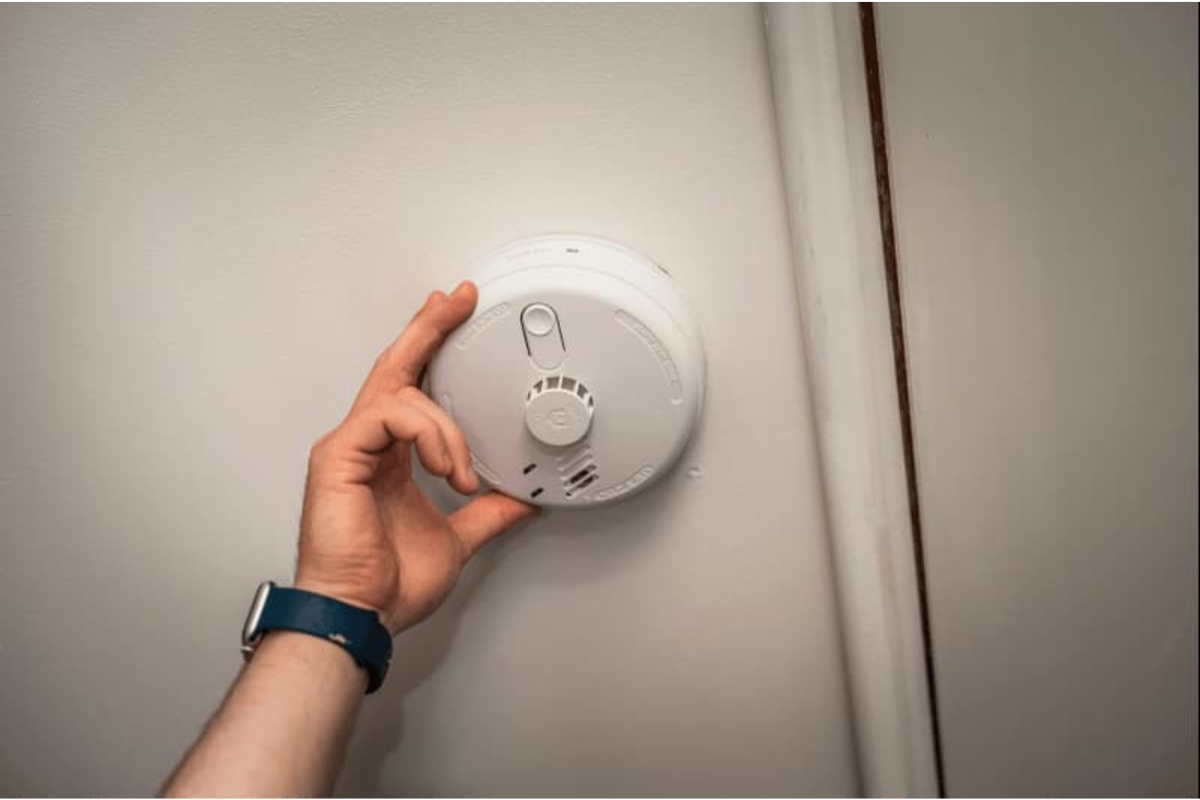
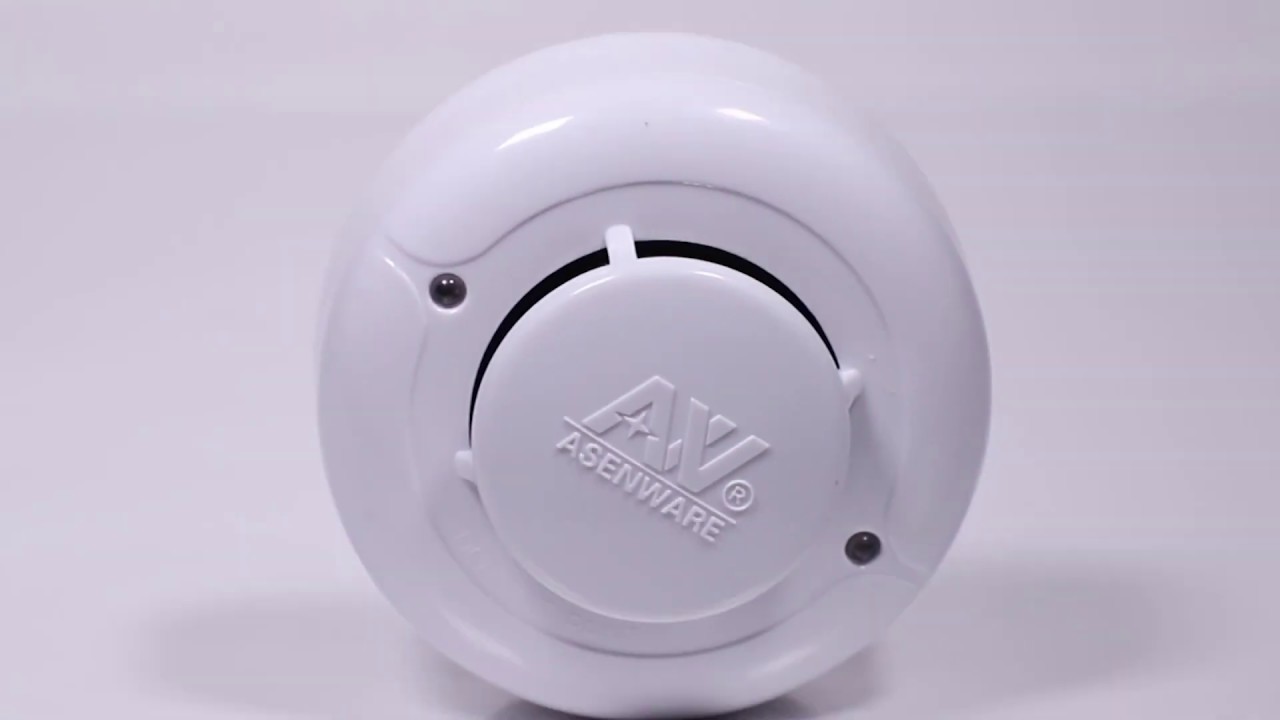

0 thoughts on “What Is A Photoelectric Smoke Detector?”